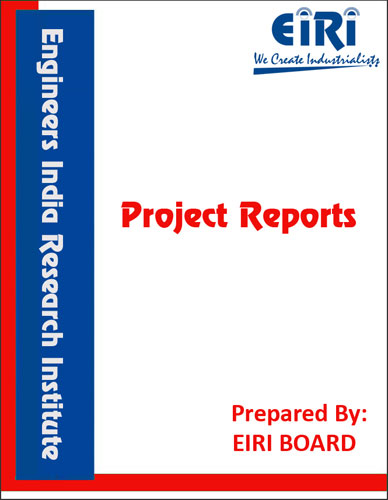CEMENT PLANT
The project report includes Present Market Position and Expected Future Demand, Market Size, Statistics, Trends, SWOT Analysis and Forecasts. Report provides a comprehensive analysis from industry covering detailed reporting and evaluates the position of the industry by providing insights to the SWOT analysis of the industry.
We can prepare PROJECT REPORT as per your INVESTMENT PLAN for BANK LOAN REQUIREMENT and INDUSTRY ANALYSIS. All reports are prepared by highly qualified consultants and verified by a panel of experts.
Have Query? Click Here to Chat
Industry Expert is Online, Chat with him for more detail.

Cement industry is one of the most important basic industries on which depends the economic health of a developing country. In fact are of the important indicators of the industrial vitality of a country is its per capita consumption of cement. For Japan it is 670 Kgs. for Germany 544 Kgs, for the US 341 Kgs. and for singapore 540 kgs. unfortunately for India it is low at 32 kgs. India is the eleventh largest producer of cement in the world, with an installed capacity of 26.5 million tons and an investment of Rs. 280 crores in 55 units spread all over the country providing employment to over 80,000 persons.
According to official projections on demand for and supply of cement during the sixth plan period, the total demand for the product has its increase to 38 million tons by the end of 1984-85 from 28 million tons in 1980-81. A decisive role has been assigned to mini cement plants in the efforts to equipment the installed capacity and strive for higher production the working of mini cement plant based on vertical shaft koln is technologically feasible. In fact such plant is already in operation throughout the world.
The policy decisions relating to new units in the industry were taken by Government in 1975, first that the minimum capacity should be 4 lakhs tones per annum and secondly that they should use the more economical dry process. These requirements were considered to be well within the capabilities of Indian fabricators. By and large this is the policy likely to the followed in future. During the year Government announced a scheme of soft loans (at 7 1/2%) to current units whishi to convert from wet to dry, in the belief that modernisation including such conversion would enhance production in 9 units by as much as 1 million tons.
However the advent of th Mini-Cement Plant with vertical shaft kiln, which was introduced in India by an enthusiastic protagonist from Australia, has provided a diversion. In some quarters the Mini Cement plant has a keen following, since it opens up possibilites of expliting small deposits of limestones in difficult tarrain and there by contributes to the “Socialist pattern” on the other hand. There is still some doubt as to the quality of clinker produced in these plants. The six units so far a setup have yet to establish their commercial viability. Nevertheless the Cement Research Institute of India which possesses the known-how for manufacturing these plants, is hopeful of setting up some 200 such plants around the country.
A development Council embracing representative of all parties concerned with the industry including consumers has been set up. The council is intended to function as a watching, over seeing all aspects of the industry, fixing production targets, monotoring progress, optimisting the use of raw materials and attending to such matters as standardisation, export promotion, developing the use of industrial wastes in cement manufacturer and production of special cements.
With the combination of all these developments the industry may, with luck play its full role in the national programme.
1. INTRODUCTION
2. PROPERTIES OF CEMENT
3. USES AND APPLICATION
4. MARKET POSITION
5. MANUFACTURE OF CEMENT
6. PROCESS FLOW CHART
7. PLANT LAYOUT
8. SUPPLIERS OF RAW MATERIALS
9. SUPPLIERS OF PLANT AND MACHINERY
APPENDIX – A :
1. COST OF PLANT ECONOMICS
2. LAND & BUILDING
3. PLANT AND MACHINERY
4. FIXED CAPITAL INVESTMENT
5. RAW MATERIAL
6. SALARY AND WAGES
7. UTILITIES AND OVERHEADS
8. TOTAL WORKING CAPITAL
9. COST OF PRODUCTION
10. PROFITABILITY ANALYSIS
11. BREAK EVEN POINT
12. RESOURCES OF FINANCE
13. INTEREST CHART
14. DEPRECIATION CHART
15. CASH FLOW STATEMENT
16. PROJECTED BALANCE SHEET



